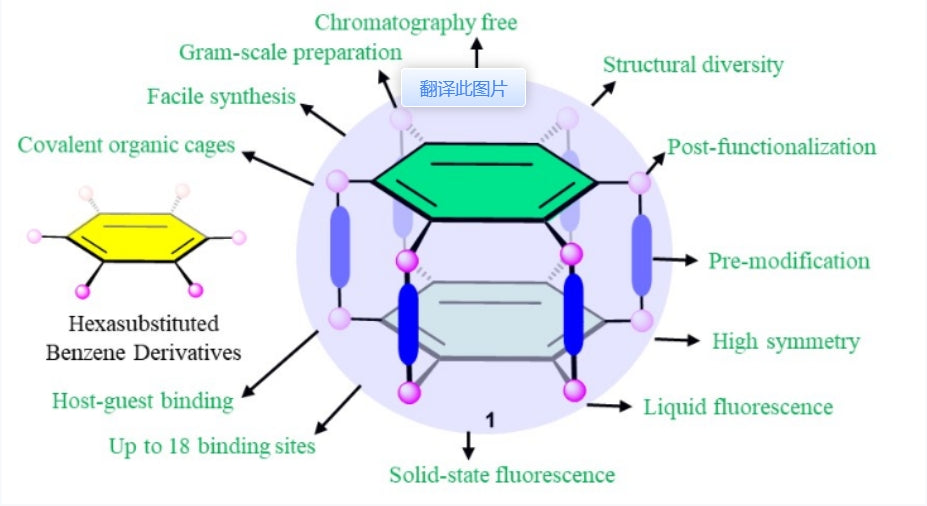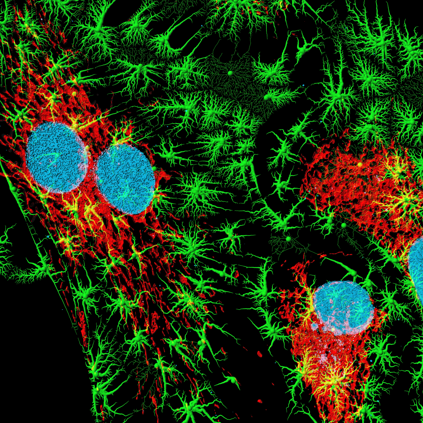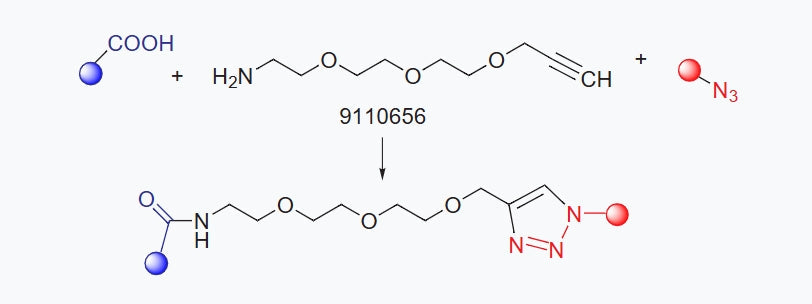Mitochondria-Targeted Research with IR-780 Ethyl Iodide Mitochondria are fundamental organelles in eukaryotic cells, playing a crucial role in energy metabolism. Positively charged dyes are commonly used for mitochondrial labeling in living cells, offering innovative methods to study mitochondrial metabolic processes. IR-780 Ethyl Iodide (λex = 780 nm, λem = 830...
Coumarin Compounds: Versatile Fluorescent Chromophores for Advanced Research Coumarin compounds are highly versatile fluorescent and laser dyes with exceptional performance characteristics. As fluorescent chromophores, they have remained a focal point in the research and development of fluorescent probes. These compounds are widely used for synthesizing coumarin derivatives and optical probes...

Hexasubstituted benzene derivatives are a class of compounds with exceptional structural attributes, offering six derivatization sites. These compounds exhibit structural rigidity, high symmetry, abundant modification possibilities, and diverse topological configurations. Their unique properties make them invaluable in constructing functional supramolecular assemblies and dendrimers. Consequently, these derivatives are widely utilized in...

Hexasubstituted benzene derivatives represent a class of compounds with unique structural attributes. Characterized by six derivatization sites, these molecules exhibit: Structural Rigidity and High Symmetry: Their robust and symmetrical architecture provides stability and versatility. Rich Topological Structures: The potential for diverse modifications opens up numerous possibilities for advanced material design....

Polyethylene glycol (PEG) functional chain compounds are essential tools in the field of protein and material surface modification. These compounds serve as covalent macromolecular linkers, enhancing the functional properties of proteins and enabling precise surface engineering of solid materials. Applications in Protein Surface Modification PEG-functionalized chains offer several advantages in protein...

Photodynamic therapy (PDT) combines photosensitive drugs with laser activation to treat cancer effectively. Metal-based photosensitizers like tin, lutetium, palladium, and ruthenium compounds have already entered clinical trials or received approval for PDT applications. However, conventional PDT mechanisms heavily depend on oxygen, limiting their effectiveness in hypoxic cancer environments. Developing innovative...
